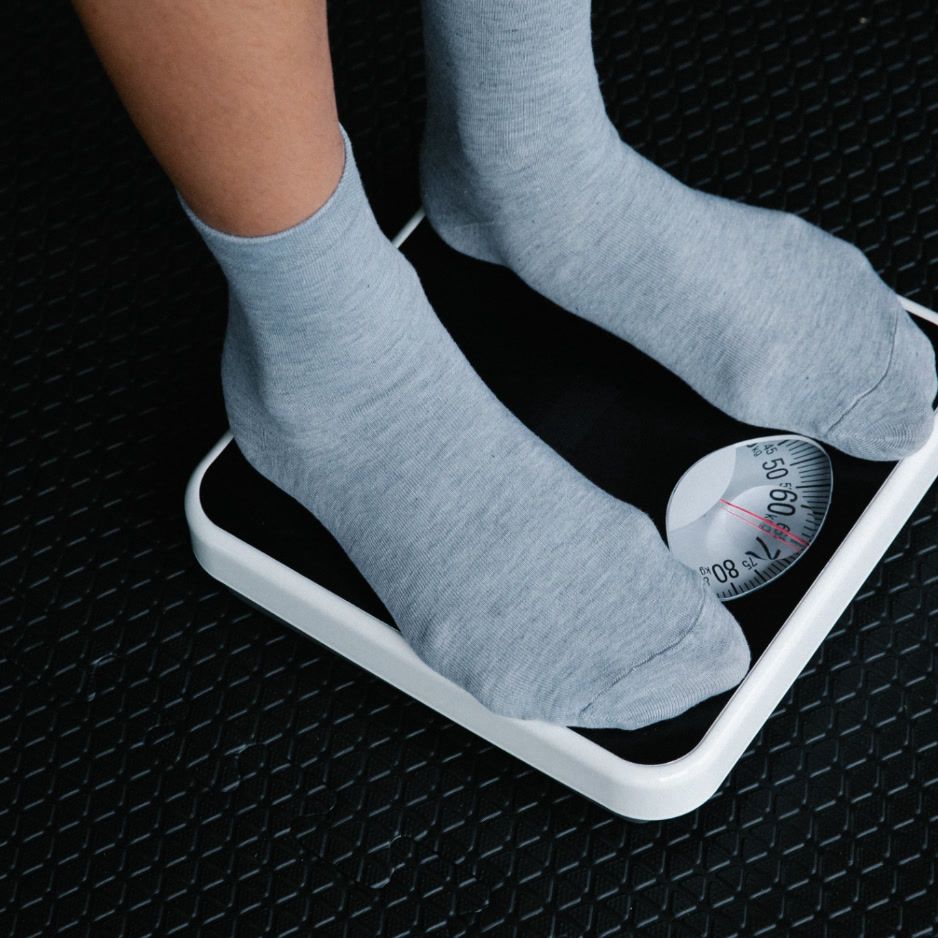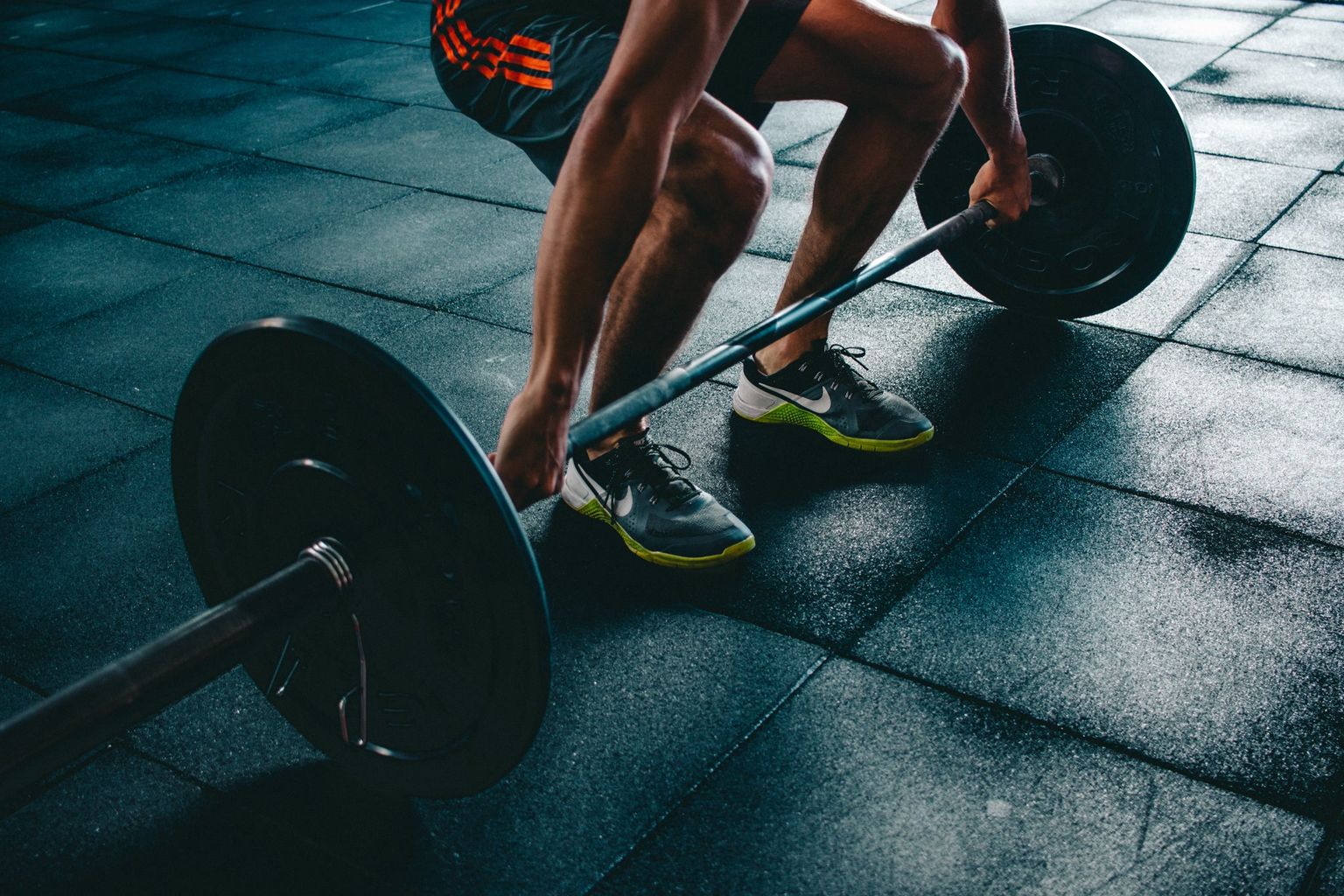How to Improve Body Composition During Menopause

How to Improve Body Composition During Menopause
As a health coach specializing in midlife wellness, I understand the frustration many women experience when they notice changes in their body composition during their 40s. It's a confusing time when the scale seems to tip despite efforts to maintain a healthy lifestyle. The culprit? Menopause.
Beginning as early as 35, the transition into menopause, known as perimenopause, can extend over several years, wreaking havoc on hormone levels. Estrogen, progesterone, testosterone, and DHEA fluctuate widely as they decline, leading to a cascade of changes in the body and challenging symptoms.
In many ways, we need to see menopause, which occurs on average at age 51, as a precarious time because of the loss of critical hormones that impact every organ system in the body. Women become more at risk for chronic illnesses, such as heart disease, diabetes, and osteoporosis, once they reach menopause.
While weight may be the first visible marker that body composition is changing, we need to understand that the number on the scale is opaque, hiding valuable information about the actual breakdown of our body mass. In contrast, DEXA scans give us an inside look at what the body is made of — literally!
Typically what happens with female body composition is the following:
-
Body fat percentage increases (particularly around the abdomen)
-
Visceral fat increases (the dangerous fat that surrounds the organs)
-
Muscle mass decreases (up to 5% per decade after menopause)
-
Bone mineral density decreases (up to 20% in the 5-7 years after menopause)
Why does this happen? Declining hormones make us less insulin sensitive (able to process glucose), more anabolic resistant (unable to respond to muscle-building stimuli like protein intake and resistance training), and slower to rebuild bone (leading to bone loss).
But don't worry, there are many ways to navigate this transformative phase with grace and vitality. We just need new strategies to manage metabolism (how the body turns food into energy) and mitigate the loss of muscle and bone, which we need for longevity.
First, prioritize protein in your diet. Adequate protein intake (recommended 1g per 1 pound of body weight) supports muscle maintenance and repair, which is crucial for preserving metabolism and improving body composition.
Next, lift weights. Incorporating resistance exercises into your routine can help counteract muscle loss and even build strength and tone. Challenge yourself with heavier weights–your body needs the increased stimulus to respond accordingly. Muscle is metabolically active tissue and burns more calories than fat, even at rest.
Strength training and impact movement like jumping or walking with a weighted vest, combined with vitamin D3/K2 and calcium supplements, will support bone health which is critical for preventing osteoporosis.
Sleep and stress management are non-negotiable. Poor sleep and chronic stress can disrupt hormone balance even more and sabotage weight loss efforts by increasing cortisol which triggers the storage of visceral fat.
Finally, keep blood sugar levels in check by opting for whole, nutrient-dense foods and avoiding added sugar and refined carbohydrates. Balancing blood sugar with protein-forward meals with fat and fiber can help prevent energy crashes and cravings that often accompany hormonal fluctuations. Walking after a meal, even for 10 minutes, will act as a glucose disposal system and prevent insulin resistance (which causes increases in body fat and visceral fat).
Navigating body composition changes during menopause requires patience, consistency, and a holistic approach to health. By prioritizing protein, strength training, sleep, stress management, and blood sugar balance, you can empower yourself to become stronger and leaner today while safeguarding against chronic disease in the future.
Celia Chen is a health optimization coach, biohacker and Chief Marketing Officer for early-stage wellness brands. She advises private clients and teaches classes on how to thrive in midlife, with a focus on menopause, metabolism, and body composition. For more health content, follow Celia on Instagram and subscribe to her Substack In the Pink.


